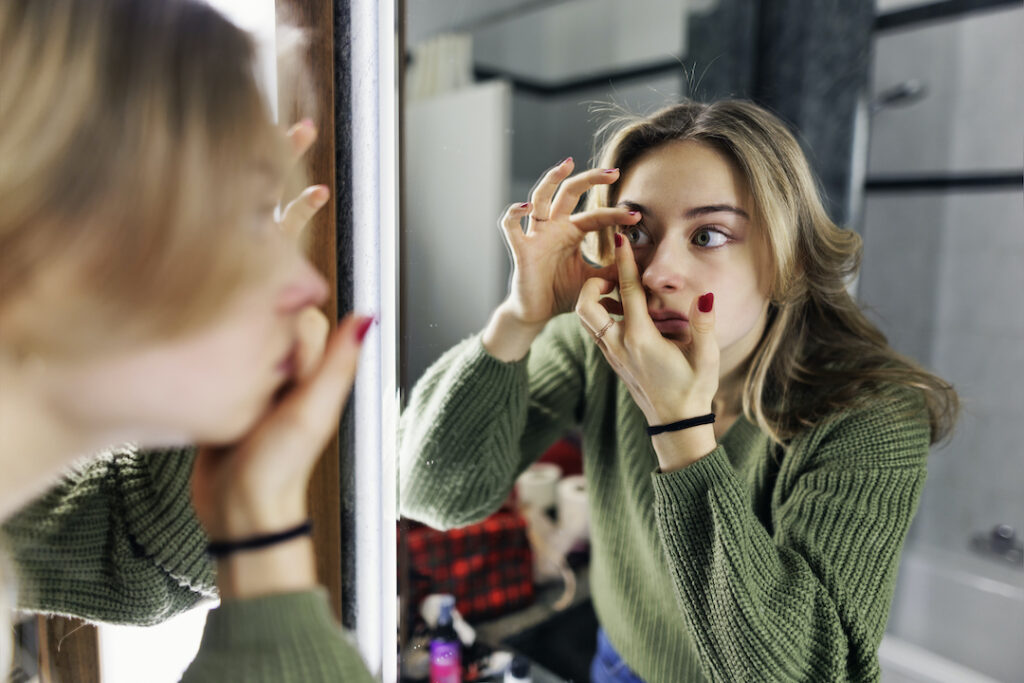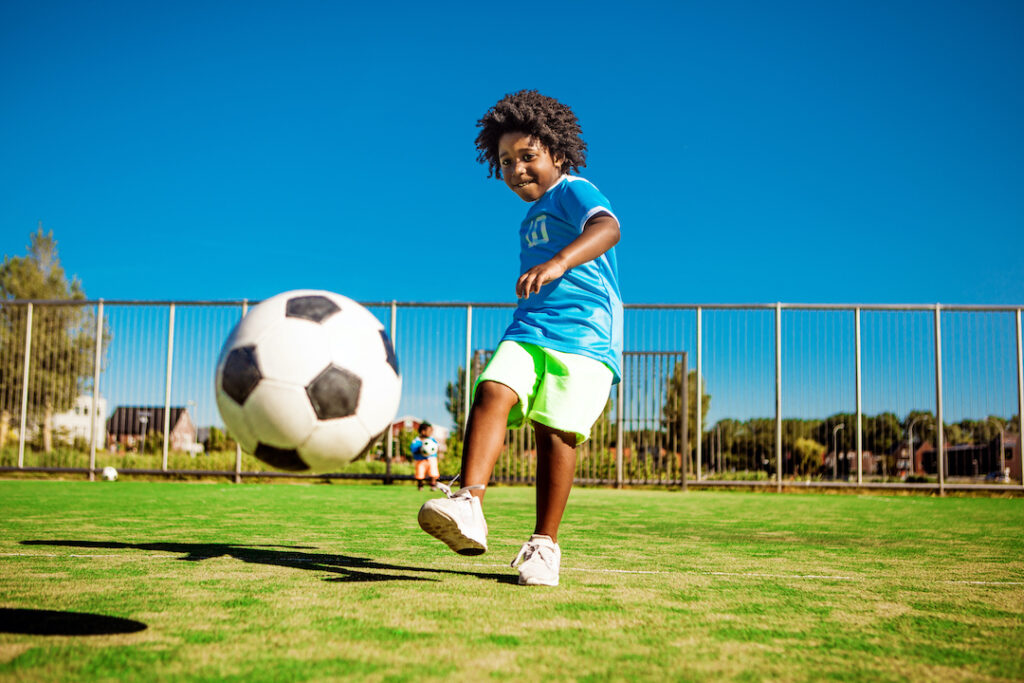Table of Contents
Is it Safe for Kids to Wear Contact Lenses?
Looking for contact lenses for kids? Let's start out with some safety concerns

Benefits of Contact Lenses for Kids
If your child has trouble with vision correction, you might be wondering if children can wear contact lenses

Types of Contact Lenses Suitable for Kids
Kids need vision correction just as adults do. So, which type of contact lenses are best choice for children?
The first type of contact lens that comes to mind is a daily disposable soft contact. They’re easy to use and a good fit for most children. Studies have shown that even children around 8 years old can successfully wear these daily disposable soft contact lenses.
Daily disposables eliminate the need for lens care routines and cut down on the risk of infection—something every parent would appreciate.
MiSight® 1 Day: The Game Changer in Soft Contacts
How to Choose the Right Contact Lenses for Kids
Finding the right contact lenses for kids can feel like a big deal
- Vision correction: Contacts provide better visual acuity than glasses – particularly useful when playing sports or looking at distant objects.
- Safety: Contacts sit directly on the eye, eliminating the risk of frames breaking during physical activities such as sports.
- Aesthetics: Some kids simply prefer their appearance without glasses – boosting confidence is always a win.
Tips for Kids Wearing Contact Lenses
If your child wears contact lenses, you should ensure they are being utilized securely and appropriately.

First off, hygiene is king when it comes to wearing contacts. Before your child even touches their lenses, they should wash their hands thoroughly with soap and water.
No one wants an eye infection from dirty fingers.
The Importance of a Proper Schedule
How to Avoid Potential Problems
Kids can be rough on things – we all know that. But with contact lenses, extra care is needed because any damage could lead to discomfort or blurry vision.
If there’s any sign of damage, like scratches or tears on the lens itself, before putting it in – throw it away. Don’t take risks with those precious peepers.
Keeping Eyes Hydrated
You wouldn’t let your kids go through summer without drinking water, right? The same goes for keeping your eyes hydrated while wearing contacts.
Lack of moisture can cause irritation, leading to redness or itchiness. So always remind your children to blink regularly and use recommended lubricating drops if necessary.
This way, we avoid turning ‘seeing clearly’ into a big deal.
Remember, though: These tips aren’t substitutes for medical advice, so keep regular appointments with your eye care professional to ensure everything’s on track.
Sports and Contact Lenses for Kids
Contact lenses can make all of the difference in children's sports
For kids who are into competitive sports, glasses may pose challenges. That’s where contacts come to the rescue.
Contact lenses offer superior peripheral vision compared to glasses. When your child is playing fast-paced games like soccer or basketball, seeing clearly from all angles makes a big difference.
Contact lenses, unlike glasses, won’t fog up during intense physical activity or break upon impact. This not only improves performance but also ensures safety while playing sports.
The Big Vision Advantage of Contacts
Finding the Right Fit
Consider soft daily disposable contact lenses for kids for maximum comfort and the best fit during active playtimes and sporty endeavors. These are easy to use and reduce the risk of infections since they’re fresh pairs daily.
The world of sports is demanding, but with contacts, your child doesn’t have to compromise on their vision or safety. Remember to consult an eye care professional before changing their vision correction routine.
Safety Precautions for Kids Wearing Contact Lenses
Kids wearing contact lenses need to take some safety precautions
Good personal hygiene is the first step in ensuring their eyes stay healthy and infection-free.
Corneal ulcers are a risk, but surprisingly, kids ages 8 to 11 have fewer cornea problems than adults. This shows that kids can safely wear contacts with proper care and supervision.
A corneal ulcer is an eye infection that develops when bacteria or other microorganisms enter through a small injury on the surface of the cornea. They’re painful and potentially serious.
To avoid them, ensure your child washes their hands before handling lenses. A dirty lens isn’t just a big deal; it’s dangerous. Dirty hands introduce germs onto clean lenses, which then transfer into your kid’s eyes – definitely not something we want. Taking breaks from lens wear also helps prevent red eyes and keeps those little peepers happy. Encourage regular glasses use, even if they aren’t quite as cool as contacts.
FAQs in Relation to Contact Lenses for Kids
What age can a child start wearing contact lenses?
Kids as young as 8 years old have been successfully fitted with daily disposable soft contacts.
Are contact lenses safe for children?
Contact lenses are generally safe for kids, but they must practice good hygiene and lens care habits to avoid complications.
What types of contact lenses are available for children?
Daily disposable soft contacts and FDA-approved MiSight® 1-day lenses designed to slow myopia progression are options for kids.
Issues like allergies, dry eye syndrome, or even a poorly fitting lens can still cause trouble. So, regular check-ups remain crucial whether your lenses are for daily wear or extended use.
Want to keep enjoying the ease of contact lenses and still maintain clear vision with healthy eyes over time? Remember not to miss your eye exams. They’re just as crucial as daily lens cleaning and timely replacements. Remember, your eyes are counting on you.
Is it OK for a 13-year-old to wear contacts?
Absolutely. Age isn’t the main factor; responsibility level and personal hygiene habits play bigger roles in readiness.
Contact lenses for kids are more than just an accessory. They’re a ticket to better vision, improved sports performance, and greater self-confidence.
Remember the safety measures you must instill in your child—hand hygiene is paramount, daily disposable soft lenses can reduce infection risks, and professional eye care guidance is essential.
Navigate this new terrain with caution but also embrace the opportunities it presents. Kids wearing contact lenses might seem daunting at first, but they grow into it quickly—with your help!
And when they do? It’s like watching that butterfly take flight. So, help them spread their wings while keeping an eagle eye on safety.

